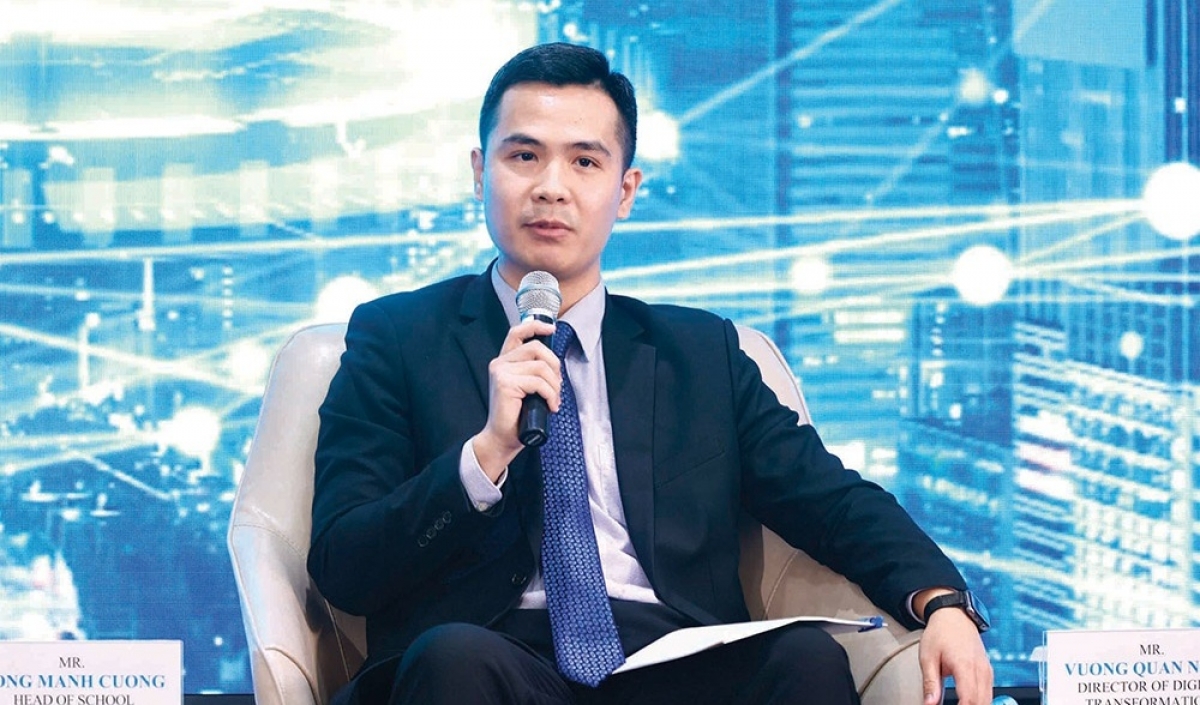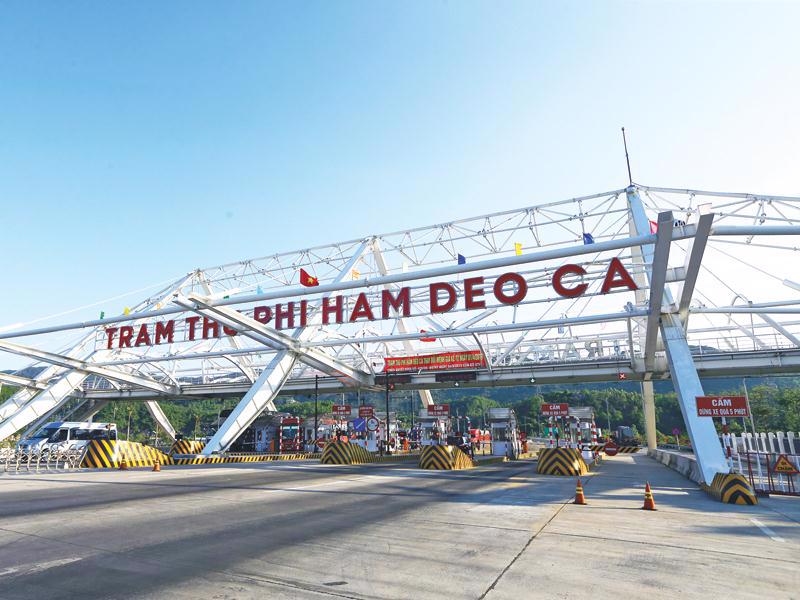INTERNATIONAL INVESTMENT
AND PORTAL
How do you assess the investment picture in the railway industry after years of changes?
Foreign investment in industry has not had many positive changes despite many efforts, due to a number of reasons.
 Tran Thien Canh, director of the Vietnam Railway Authority
Tran Thien Canh, director of the Vietnam Railway Authority
Railway development requires a high degree of synchronisation and large-scale investment. It involves complex technologies and the integration of various technical fields such as mechanics, metallurgy, signalling and telecoms systems, and auxilliary industries. This synchronisation extends across infrastructure, locomotives, carriages, signalling and telecoms, train operations, repair and maintenance facilities, and more.
However, resource allocation for infrastructure development and maintenance in the past has been limited and has not met actual needs.
Railway ventures have a long investment period, long payback period, and high potential risks which hinder commercial advantages compared to investment in other fields. Therefore, attracting resources outside the state budget for investment in development and infrastructure faces many difficulties.
The biggest bottleneck is that the system of legal documents has not been put in place in time to meet practical requirements. Some newly issued legal regulations are still inadequate and inconsistent, causing difficulties in implementation. It is necessary to adjust them to ensure consistency with related legal regulations on investment, public investment, land, environmental impact assessment, public debt management, and VAT.
Some issues are stipulated in the existing Railway Law, but have not been promptly implemented in practice or are inconsistent with legal provisions. The system of standards, technical regulations, and unit prices in the industry is still insufficient and outdated.
What policies do you expect to accelerate investment in this area?
The draft amendments to the Railway Law include provisions to prioritise state resources and mobilise capital from localities and other economic sectors. The National Assembly has recently issued a number of resolutions on specific policies, especially applied to important national projects.
Notably, the draft law encourages investment from various stakeholders through contract models. It also allows localities to use their budgets for land clearance, resettlement, and infrastructure investment.
In addition, the draft adds a regulation using land funds in adjacent areas of railway stations for urban development, commercial service areas, offices, hotels, and the use of their revenue as partly priority for reinvestment in infrastructure.
International experience shows that the optimal operation of areas around stations has brought economic efficiency and is a trend that many countries are applying, opening up new space for economic development, and optimising travel needs.
The draft amendments, once adopted, will have a full mechanism to engage investment for infrastructure, gradually enabling conversion into using vehicles using clean fuels that do not emit greenhouse gases according to Vietnam’s commitments
Moreover, it will help improve the capacity of international intermodal transport operations to ensure compliance with the trend of an internationally integrated economy and strengthen railway connections with other modes of transport to encourage the strengths of mass volumes of goods and passengers transport over medium to long distances.
Could you share lessons in the creation of a legal system for the railway industry?
During drafting the amendments, the Ministry of Construction has learnt and researched current legal regulations on railways in some countries, especially where the railway sector has been invested in and developed to a high level.
The ministry also sent abroad two inter-agency working groups, including representatives of a number of National Assembly committees, relevant ministries and agencies to learn from the experience of law-making in South Korea and France, thereby selecting good international practices, suitable to the conditions as well as the current legal system of Vietnam, to include in the draft.
Research shows that these countries all build laws in the direction of regulating frameworks and principled issues, and the content of the law focuses mainly on activities such as infrastructure and traffic safety.
Most countries have policies on incentives and support for railway operations, especially preferential policies on land use at station areas and beyond.
Their investment in developing infrastructure is all in the form of public investment, including capital from the state budget and loans from financial mechanisms. Some countries have regulations on investment in the form of public-private partnerships, but most of them could not be implemented or implemented unsuccessfully.
In these countries, the states own railway infrastructure, managing all investment, management, and maintenance of infrastructure. The separation of the investment management unit, infrastructure maintenance, and exploitation unit from the operation business unit creates independence and mutual supervision to maximise the capacity of each stakeholder. According to European Union regulations, operation companies are subject to competition among European countries.
Countries with advanced railway technologies have taken decades to build and modernise their systems. Those acquiring foreign technologies also require very long periods to develop local expertise and industry capacity.



















